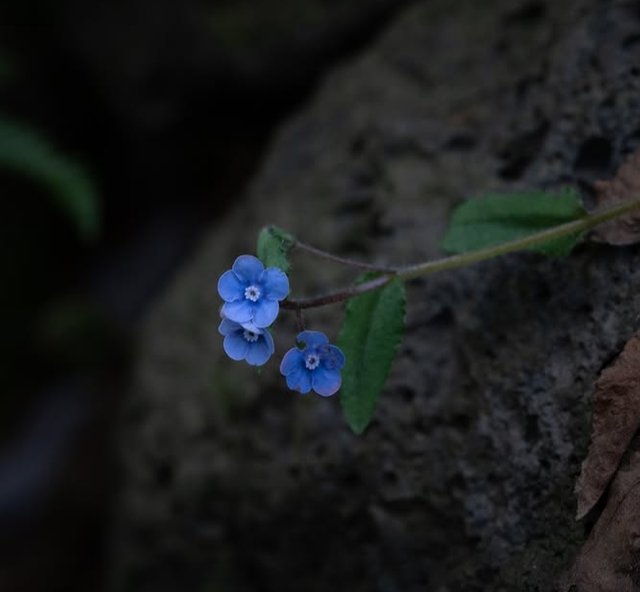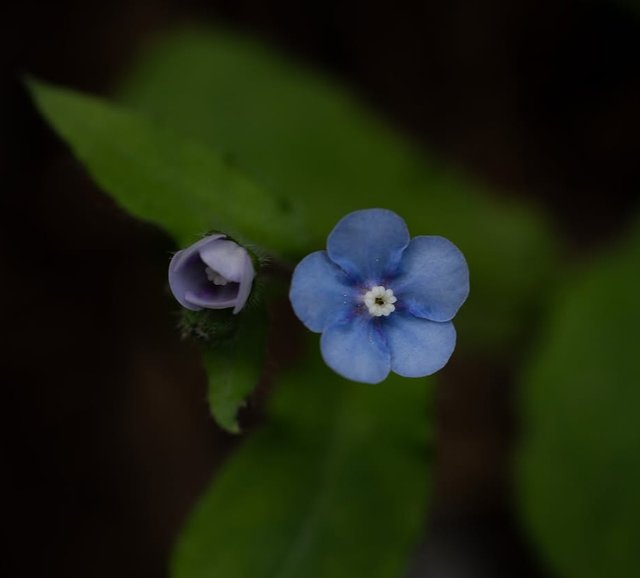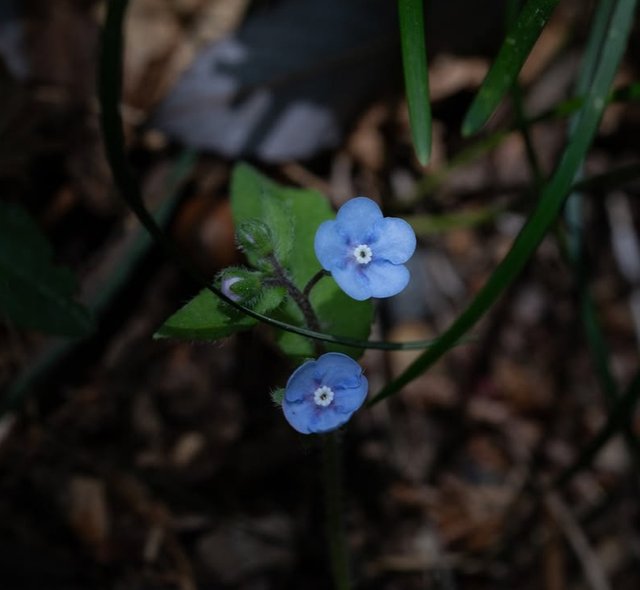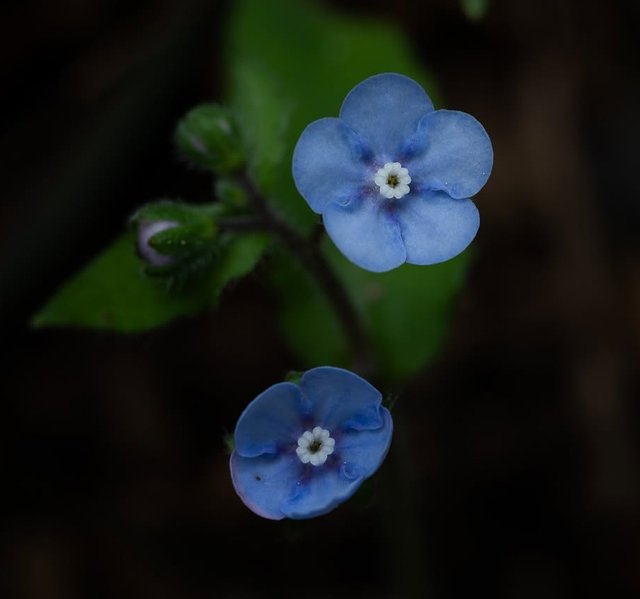So Amazing Blue-Eyed-Mary Flower
Blue-Eyed Mary: A Wildflower Gem of the Eastern Woodlands
Tucked away in the dappled understory of eastern North American woodlands blooms a modest but enchanting springtime flower known as Blue-eyed Mary. This delicate annual wildflower is often overlooked in the grandeur of forests, but to those who know what to look for, it offers a captivating glimpse into the subtle beauty of native flora and the vital roles they play in woodland ecosystems.
A Portrait of Blue-Eyed Mary
Blue-eyed Mary is a member of the plantain family, and it typically grows low to the ground, forming small colonies in moist, shaded areas. Its stature is humble—standing between 4 to 12 inches tall—but it more than compensates with its striking, bicolored flowers. Each blossom bears four petals, with two upper petals in a vivid sky blue or violet and two lower petals in a crisp white, creating a bold contrast that looks hand-painted. The flowers bloom in early to mid-spring, often between March and May, depending on the region.
Despite its dainty appearance, Blue-eyed Mary is surprisingly resilient. It thrives in rich, moist soils and is often found in bottomland woods, along stream banks, and in floodplains where spring rains keep the ground damp. It prefers partial to full shade, making it perfectly suited to the cool understories of deciduous forests where spring sunlight briefly filters through leafless canopies.
Ecology and Life Cycle
As an annual plant, Blue-eyed Mary lives its entire life cycle—germination, flowering, seeding, and death—in a single year. Seeds germinate in late summer or fall and overwinter as small rosettes before bolting and flowering in the spring. By late May or early June, the plant has usually set seed and died back, its legacy left in the dark soil, waiting to awaken again next year.
Pollination is primarily carried out by native bees and flies, which are attracted by the flower’s vivid coloration and nectar rewards. The plant’s timing is critical—blooming before the forest canopy fully develops ensures it receives enough light and coincides with the peak activity of early-season pollinators.
Thanks For Reading
Device Information
| Device | cannon eos 700D |
|---|---|
| Lens | 55-250 zoom leans |
| Location | Bangladesh |





Thank you for sharing on steem! I'm witness fuli, and I've given you a free upvote. If you'd like to support me, please consider voting at https://steemitwallet.com/~witnesses 🌟